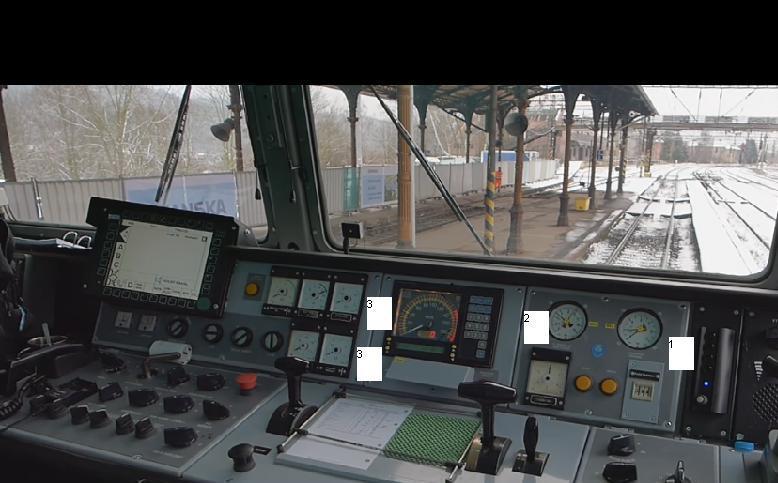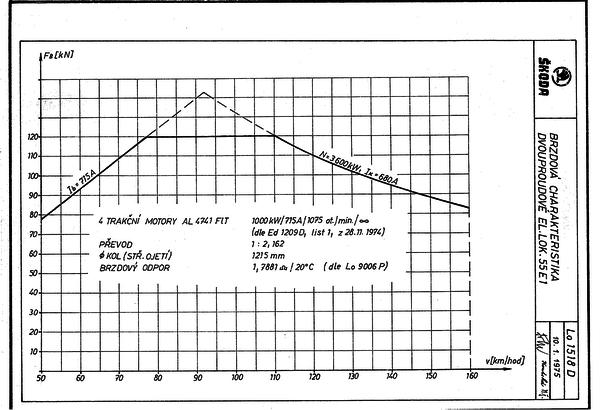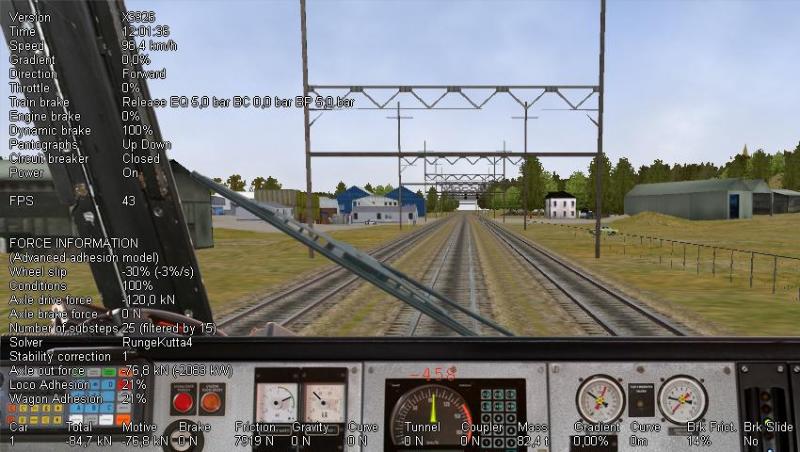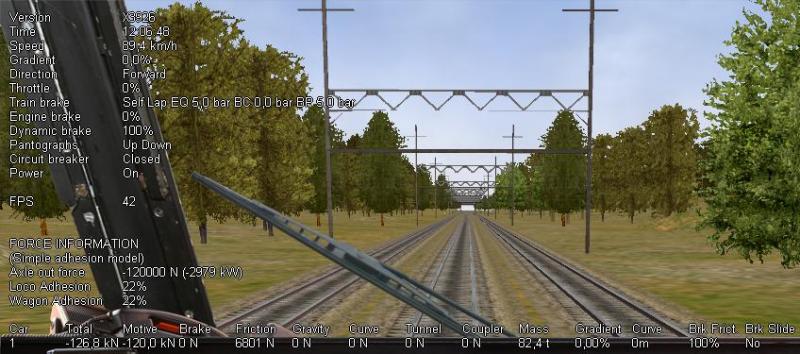 Serana, on 06 October 2016 - 03:57 AM, said:
Serana, on 06 October 2016 - 03:57 AM, said:
Hello,
I have seen, the Problem with Standard MSTS-Engine exist again (since X3407), it is loosing all Trainbrake-Force 10s after activating the trainbrake, because in the Original-MSTS *.eng-File the Parameter DynamicBrakeHasAutoBailOff( 1 ) is set. If the Engine is used without cars, there is no possibility to stop the engine, other ways the trainbrakes of the cars are helping.
Can you please help to bring back the behavior of this engine in OpenRails from before X3407 and from MSTS?
To reset the Parameter DynamicBrakeHasAutoBailOff( 1 ) can help me, but all the user of this MSTS-Engine with OpenRails will only be annoyed and will normaly not realize what is the problem and can not complain it here!
https://bugs.launchp...or/+bug/1629635
Regards
EugenR
PS: if a code-Modification of the dynamic brake in OpenRails will be too complex, can you perhaps reset this Parameter DynamicBrakeHasAutoBailOff( 1 ) by the option "correct questionable braking parameters", then I think this function was also not working in MSTS?

 Log In
Log In Register Now!
Register Now! Help
Help











